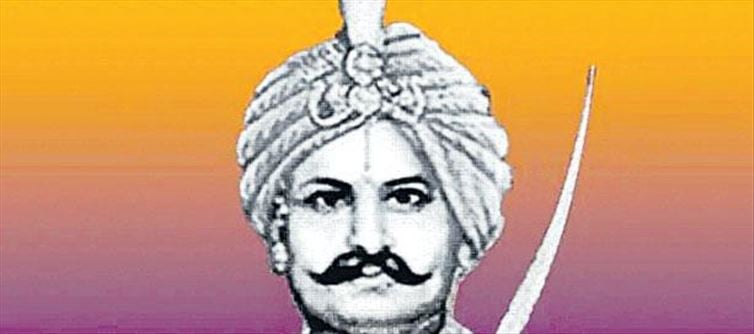
A foreign force had drained their resources, depriving the hierarchy of dependents in their control of their means of subsistence. Peasants who had gathered to fight against british rule were now their sympathisers. When Polygar narasimha Reddy realised what was happening, he took the chance to rise against the british with the help of various social classes. About 1,000 rebels were the subject of british arrest warrants, of which 500 were kattubadies, or local hereditary police. Along with narasimha Reddy, who received a death sentence, a total of 112 insurgents were found guilty.
On february 22, 1847, at 7 a.m., Koilkuntla executed the sentence. According to Acting collector J. H. Cochrane, more than 2,000 people were present, and there was a profound quiet during the appalling ceremony. The death penalty was expected to leave a lasting effect on the audience. With his execution, narasimha Reddy put an end to the uprising he had initiated. Up until 1877, his body (skeleton) hung in a cage in Koilkuntla for a number of years. But the impact of this incident was still fresh in people's memories.




 click and follow Indiaherald WhatsApp channel
click and follow Indiaherald WhatsApp channel